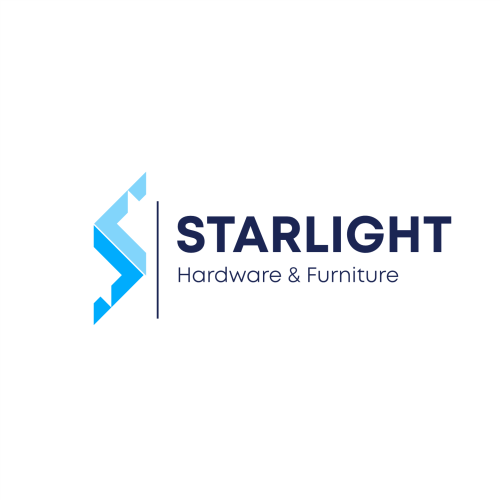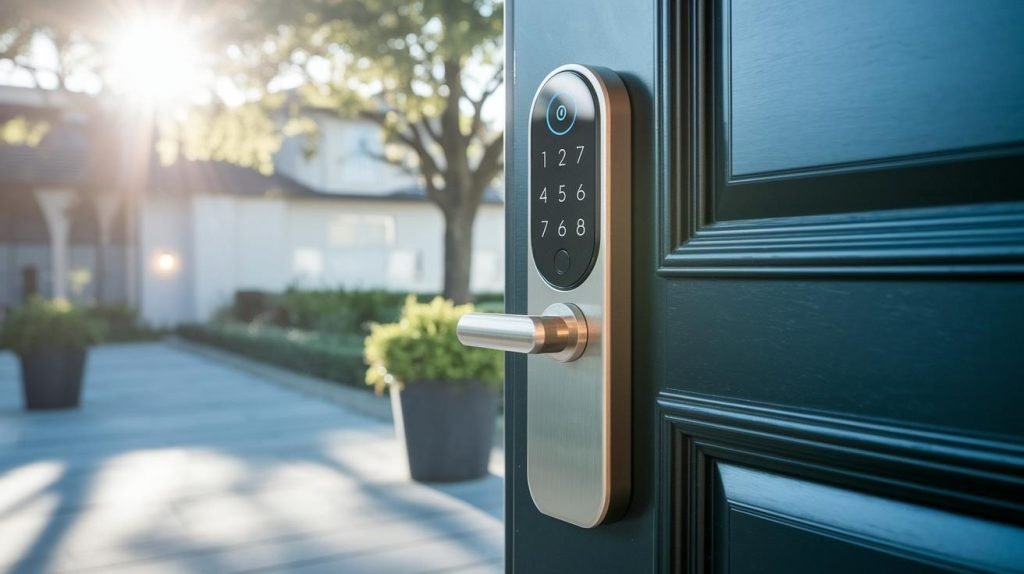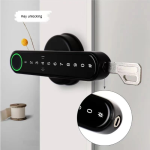Still handing out clunky metal keys when tenants expect instant, keyless entry? Imagine swiping like a credit card and hearing a reassuring click.
Want to avoid the dreaded key pile-up? Over 60 percent of housing developers now fit new builds with digital locks. They wipe out move-in delays and end that lost-key scramble.
In this post, we’re diving into five leading smart door locks built for big projects. Each one sports a smooth metal faceplate, a soft LED glow, and enterprise grade encryption (strong code that keeps hackers out). You’ll see how they shave minutes off move-in, boost security, and keep residents smiling.
Comprehensive Smart Door Lock Solutions for Housing Developers
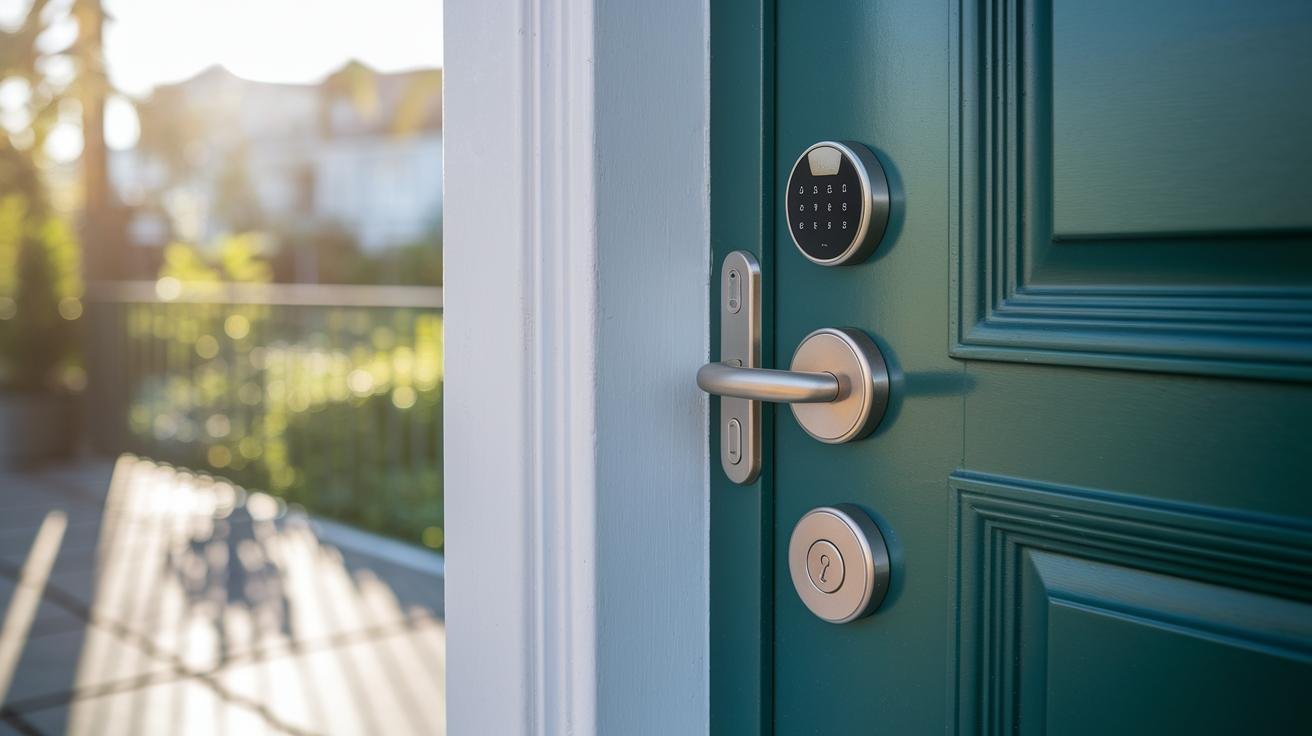
Multi-unit entry solutions are booming. Over 60% of housing developers now install keyless entry on new builds. Tenants love it. No more fumbling with keys. The front door itself says modern living.
But at scale, you need rock-solid reliability. Our locks ship over 50,000 units a year. You get a smooth metal faceplate and a reassuring click every time. Solid.
These smart locks come with enterprise-grade encryption (strong code that keeps hackers out) and multi-factor authentication (an extra check like a code or fingerprint). They’re CE certified and tested from sandy deserts to snowy peaks.
They pair easily with Alexa, Google Assistant, or Siri. You can grant or revoke codes from a mobile app or with a voice command. Audit-ready access logs (records of who unlocked when) keep your team in the know.
- Easy device management across multiple buildings
- Top-level security and end-to-end encryption
- Lock control and code setup from your phone
- Works with property management platforms
- 24/7 vendor support and training resources
- Built-in logs and simple analytics
These features mean real wins. You can fit locks on dozens of towers without a hitch. Move-in paperwork shrinks and residents enjoy a smooth check-in. And your team gets clear data, fewer lost-key headaches, and fewer surprise service calls.
Bulk Procurement and Developer Discounts for Smart Door Locks

Order smart locks in bulk and watch your budget smile. Buying in volume cuts wait times, makes staging on site a breeze, and lets you match locks in every building. Developers love snagging better shipping rates and simpler inventory checks when they grab hundreds of units at once.
Prices shift by brand. Our Latch deadbolts start at $299 while full lock kits begin at $399. Yale Assure locks vary by feature bundle and Schlage multifamily setups get custom quotes.
Most brands toss in a one-year or two-year warranty (a promise to repair or replace defects) and step up volume discounts. Orders over 100 units often land 15 to 25 percent off the hardware price. It’s like hitting a sale at your favorite store.
Maintenance is simple. You just swap out batteries (think AA cells) every 12 months for about $15 to $20 per lock. That keeps the reassuring click and soft LED glow working just right and avoids surprise service calls.
Want extra savings? Team up with a residential smart lock wholesale partner who lives and breathes tiered pricing. Ask about extending your warranty past two years. A little extra coverage now can save you thousands in replacements and fees down the road.
Integrating Smart Door Locks with Building Management Systems
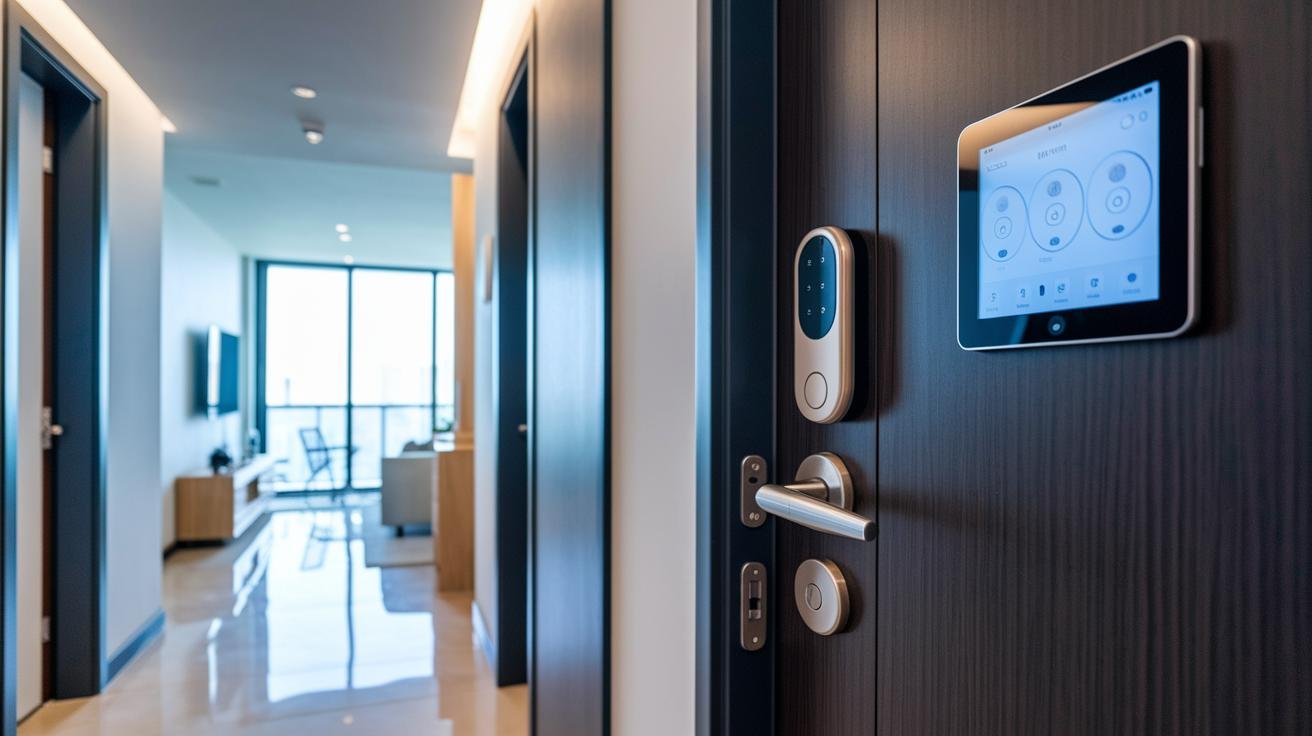
So you’re managing a big apartment building? Our smart locks (electronic door openers) talk straight to your property management system (PMS). That means new renters get unique access codes or mobile keys the moment their lease starts.
You’ll see a soft LED glow and hear a reassuring click when they lock and unlock. And the same credential set works for fitness centers, mailrooms, and main gates. No more code chaos.
If you’re handling large apartment complexes, check out how a digital door lock for apartment projects keeps everything in sync. It’s like having a personal assistant for your doors.
Cloud-based lock management puts real-time status updates and remote controls at your fingertips. Imagine checking battery levels, entry logs, and tamper alerts for every unit across multiple buildings. All without leaving your desk. Need to give maintenance staff a one-time pass? Just tap. Want to revoke access when someone moves out? It’s instant.
And if you want more, our API-based controls let you weave locks into your existing building management software. Think of open endpoints like connecting your headphones to your phone. You can push lock data into facilities tools, spin up automated maintenance tickets, or trigger elevators to stop on a tenant’s floor when they unlock their door. Architects even plan conduit runs and lock spots in BIM (building information modeling) before construction starts, saving headaches and extra costs down the line.
Compliance and Security Standards for Developer-Grade Smart Door Locks
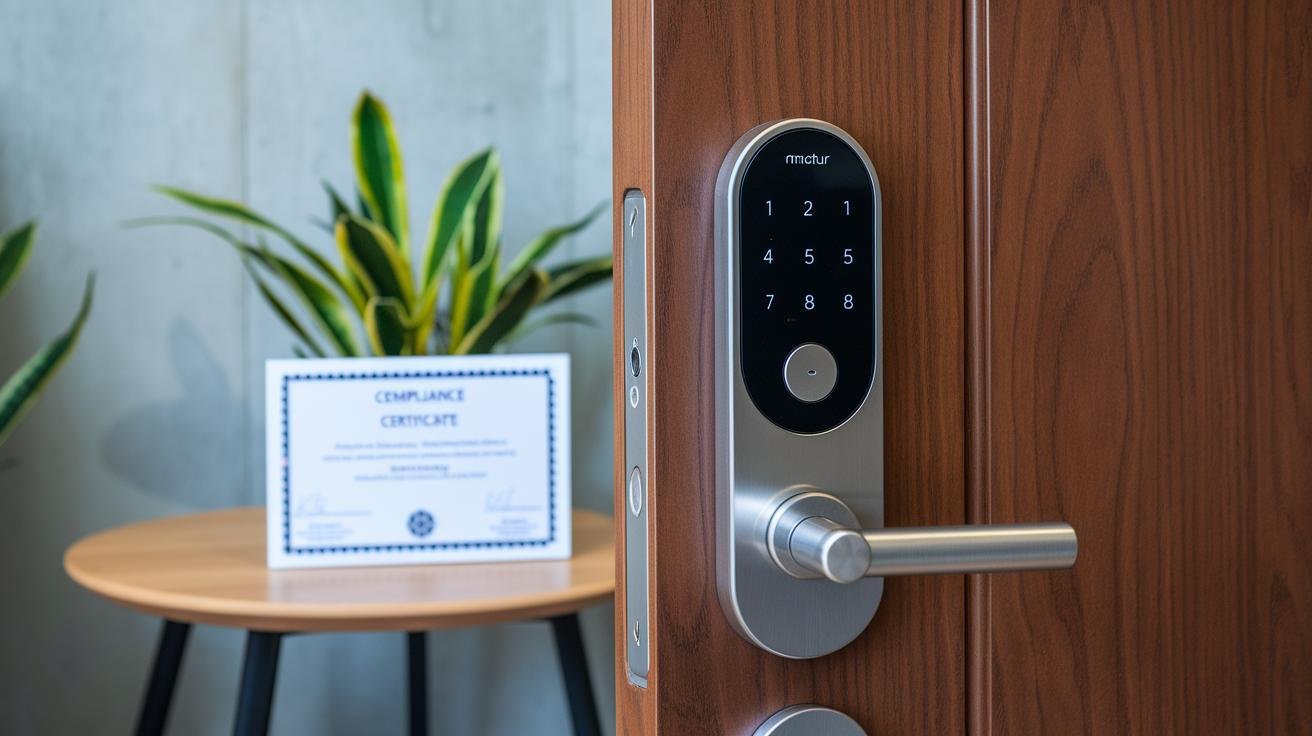
Multifamily buildings need smart locks that can take the heat, literally. Most locks earn a 60- to 90-minute fire resistance rating (how long a door keeps flames at bay). And local building codes often won’t grant a permit without it. Installers double-check that both the lock and door have that certified label. They also look for tight seals so smoke or flames can’t sneak in. Fire-rated strikes (the metal plates holding the latch) and reinforced frames help everything stay snug when things get hot.
Wear and tear matter, too. Locks typically meet Grade 1 or Grade 2 under ANSI/BHMA standards (durability rules from the American National Standards Institute and Builders Hardware Manufacturers Association). UL 294 certification (Underwriters Laboratories testing for impact and forced-entry resistance) is another must-have. Many locks include anti-tamper sensors (they detect drilling or prying) and end-to-end encryption (scrambled signals only your lock and app can read).
Want extra peace of mind? Multi-factor authentication (MFA) uses two ways to verify you, like a PIN plus your phone’s app or a fingerprint scan. It’s like having a second lock on your door. And if the power goes out or electronics glitch, a secure mechanical override lets first responders or residents exit safely.
Regular tests and emergency-override drills keep everyone ready. It’s the best way to stay fully compliant and sleep easy.
Installation Best Practices and Lifecycle Management for Housing Developments
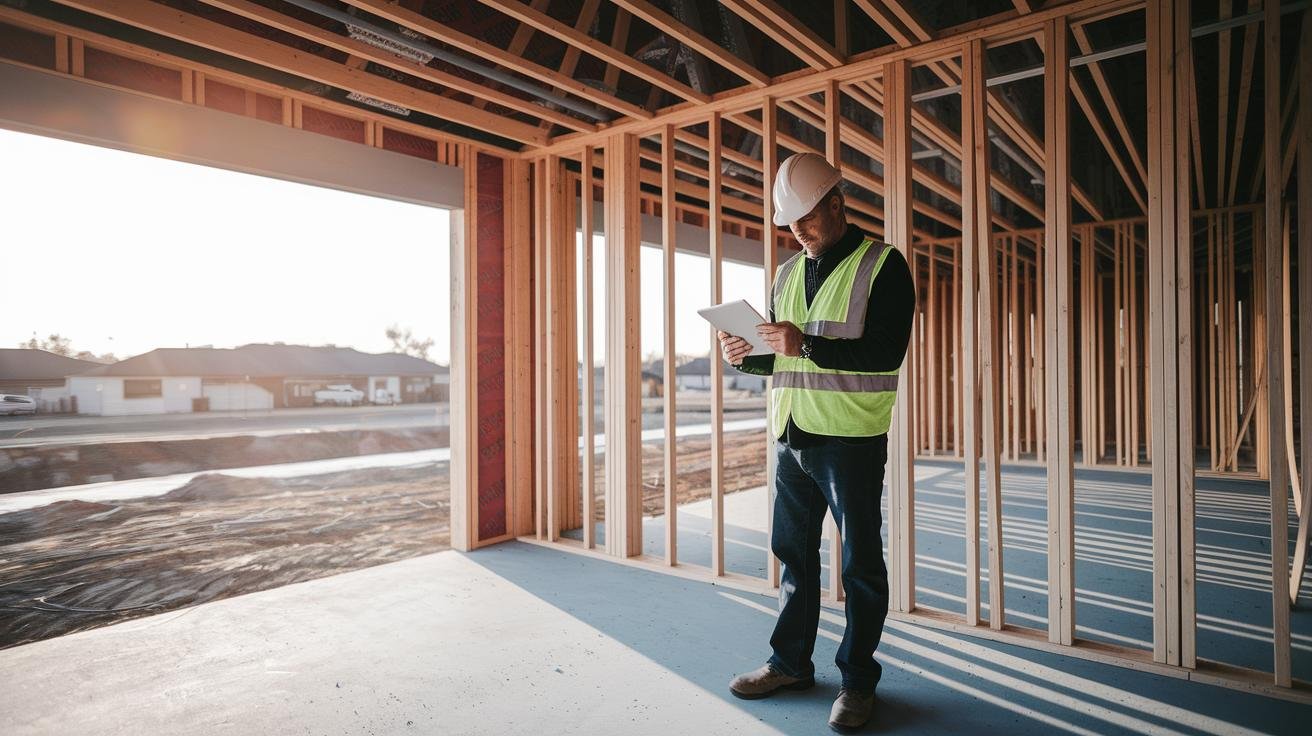
Before walls go up, let’s map each lock spot on the construction drawing. Run 18AWG wiring (standard low-voltage power cable) to nearby junction boxes so you’ll have power options later. Think of it like plotting where to hang a favorite painting: little foresight saves headaches. Chatting with your electrician early cuts cost surprises later and keeps you from chasing conduit in drywall.
Batteries keep your lock humming with its soft LED glow. Schedule a cell swap every 12 months and use the mobile app to track charge levels and get low-power alerts. Need help in the field? Our remote troubleshooting guide lets your team check signal strength or reset a lock without a truck roll, saving time and labor.
Over the air firmware updates push security patches and new features without a service call. When an update arrives, the lock’s soft LED glow lets you know it’s installing. During commissioning, follow the manufacturer’s checklist and then train contractors with short modules on safe update steps and rollback (revert to a previous version) procedures. This keeps every unit on the latest release and slims vulnerability windows.
Lock lifecycle management relies on routine health checks. Every quarter, audit lock status, battery health, and firmware version. Once a year, do a full hardware inspection: test the mechanical override (manual key backup), inspect seals, and verify mounting integrity. Finish with a quick refresher training session so your team stays sharp and your developments stay secure.
ROI and Market Impact of Smart Door Locks for Housing Developers
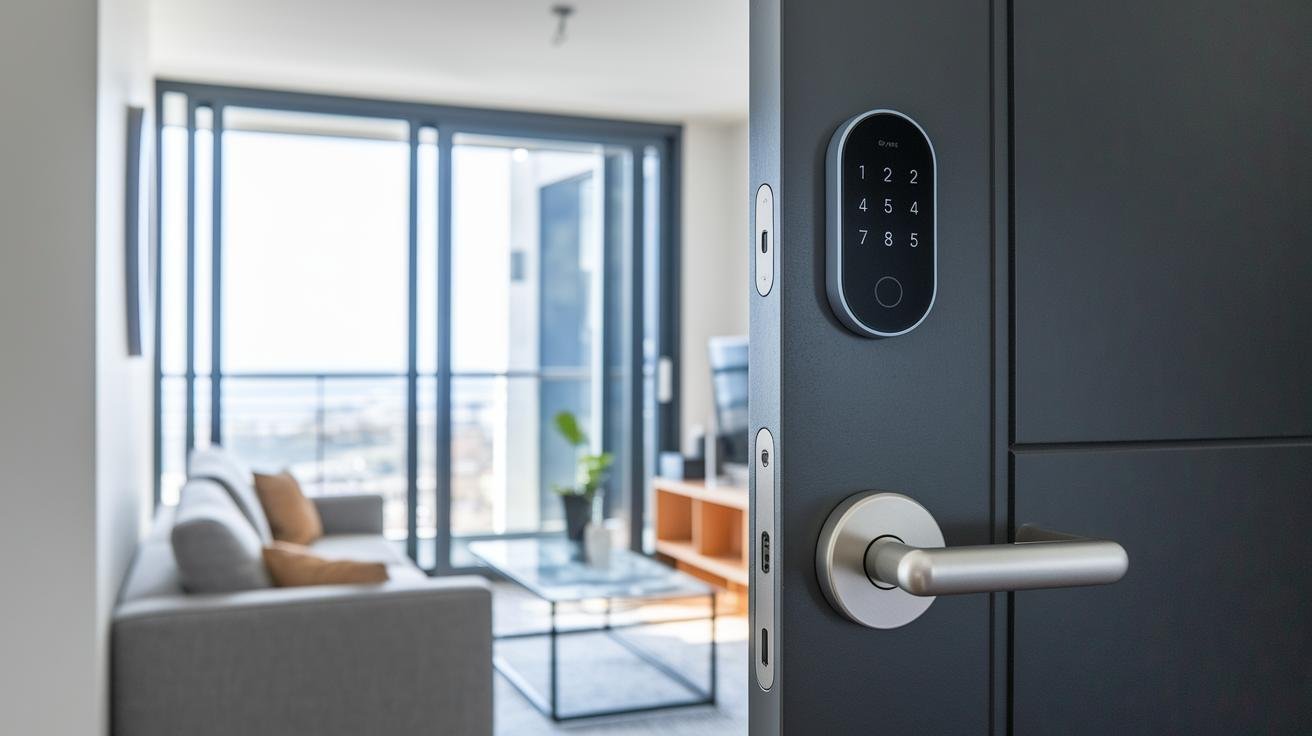
When a new home has a smart lock, it makes a great first impression. The smooth metal faceplate and soft LED glow at the door feel cutting edge. Sixty-seven percent of renters now pick keyless entry. Seventy-five percent expect property wide access control (tenant access management made simple). So developers see a three to five percent lift in sale prices when smart locks come standard.
And operational costs drop fast. Losing keys becomes almost a thing of the past. Rekeying fees fall by up to eighty percent. Um, the lock’s access logs (a record of who enters and leaves) feed right into security audits. You’ll know exactly who came and went and when. It cuts back office time on manual key tracking.
Stand out with features like voice control, a biometric fingerprint sensor (a reader that checks your unique fingertip pattern), and an auto-lock mode. You can also share virtual keys, set guest access schedules, and use a branded tenant portal. These aren’t just shiny extras. They turn a lock into a real brand touchpoint and boost resident satisfaction and retention.
Crunch the numbers and you’ll see payback in as little as eighteen months. A four-unit building can save about two thousand dollars each year on rekeying and service calls. Plus it can command higher rents. Over five years your portfolio ROI can top 120 percent when you include lower maintenance costs, higher occupancy, and a marketing edge.
Final Words
Multi-unit demand is surging. Developers are tapping keyless entry to boost appeal.
Enterprise-grade security, proven vendor track records, and bulk procurement insights show how to scale smart door lock deployments.
Seamless integration with property and building management systems and strict compliance with fire and durability standards keep projects on track.
Installation best practices and regular lifecycle checks ensure smooth operations.
This lineup drives ROI, enhances tenant satisfaction, and cuts costs. Feeling confident? A smart door lock for housing developers turns these plans into reality.
FAQ
What are the best smart door locks for housing developers?
The best smart door locks for housing developers include Schlage, August, Yale Assure 2, Kwikset, Assa Abloy, Mul-T-Lock, and Medeco, offering scalable management, enterprise encryption, and proven supply reliability.
How do Schlage smart door locks benefit housing developers?
Schlage smart locks benefit housing developers with project-based pricing, robust certification, remote provisioning, audit-ready logs, and two-year warranties to streamline multi-unit installations.
What features make August Smart Lock popular in new builds?
August Smart Lock excels in new builds by offering silent auto-lock, seamless Wi-Fi integration, guest key sharing via app, and simple retrofit on standard deadbolts.
What advantages do Yale smart locks offer housing developments?
Yale smart locks offer touchscreen PIN pads, Siri and Alexa compatibility, remote lock control, AES encryption, and standardized module options for consistent multi-unit deployments.
How long does a SmartRent door lock battery typically last?
A SmartRent door lock battery typically lasts about 12 months under normal usage, with mobile app alerts for low power and easy AA battery replacement.
What is a keyless entry door lock with handle?
A keyless entry door lock with handle combines an electronic locking mechanism with a lever or knob, enabling PIN codes, RFID cards, or mobile credentials for hands-free access.
